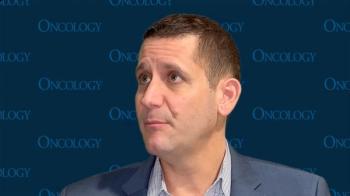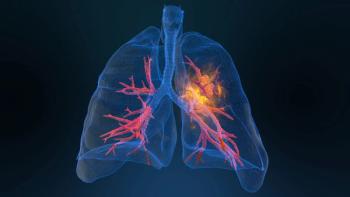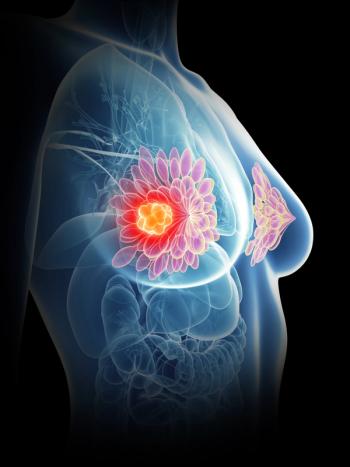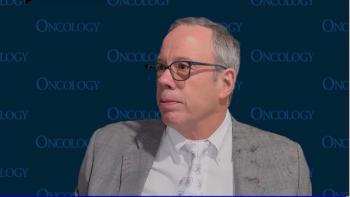
STX-478 Yields Efficacy, Tolerability in PI3K-Mutated Advanced Solid Tumors
STX-478 showed efficacy in patients with advanced solid tumors regardless of whether they had kinase domain or helical PI3K mutations.
In a conversation with CancerNetwork®, Alberto J. Montero, MD, MBA, CPHQ, highlighted the efficacy and safety data of STX-478 as a treatment for patients with PI3K-mutated advanced solid tumors in a phase 1 trial (NCT05768139).
According to Montero, clinical director of the Breast Cancer Medical Oncology Program and medical director of the Clinical Trials Unit at University Hospitals Seidman Cancer Center and an associate professor of medicine at Case Western Reserve University School of Medicine, STX-478 yielded clinical activity regardless of whether patients had a kinase domain mutation or a helical domain mutation. Additionally, treatment with the novel mutant-selective PI3Kα inhibitor appeared to be well-tolerated among patients while limiting metabolic toxicities commonly reported with other PI3K inhibitors like alpelisib (Piqray).
Data presented at the
Transcript:
In the abstract that was presented at ESMO, what we showed is that in a broad cohort of [patients with] solid tumors—mostly breast, endometrial, and urothelial cancers, which were the top 3—we saw an overall response rate of [approximately] 21% as a single agent. If you looked just at [patients with] breast cancer, it's a little bit higher at 23%. That was the efficacy. We saw the benefit of whether you had a kinase domain mutation or a helical domain mutation in different tumor types.
In the phase 1 trial abstract that we presented, we showed that the maximally tolerated dose was 100 mg, and that was based on the 160 mg dose level. We had 2 grade 3 toxicities, which were not metabolic in nature; they had to do with paresthesia. We don’t think [the toxicity] was anything related to blocking PI3K. As a result, 100 mg was [the selected] dose. At the 100 mg dose level, we did not see any increased hyperglycemia. We also did not see any of the significant grade 3 rash, mucositis, or diarrhea that we see with other PI3K inhibitors. As far as some of the toxicities that we do see, mild-to-moderate fatigue was one of the [adverse] effects that jumped out, but it was easily managed. Interestingly, we saw activity at 160 mg. Right now, the clinical trial is looking at a variety of different dose levels, so it may be that at a lower dose level, you might have less fatigue and still have efficacy. Compared with alpelisib or some other PI3K inhibitors, it was very well-tolerated, and we didn't see the typical metabolic toxicities that we’ve traditionally seen with PI3K inhibitors.
Reference
Montero AJ, Giordano A, Jhaveri K, et al. First-in-human results of STX-478, a mutant-selective PI3Kα inhibitor, in advanced solid tumor patients. Ann Oncol. 2024;35(suppl 2):S1220.
Newsletter
Stay up to date on recent advances in the multidisciplinary approach to cancer.


















































































